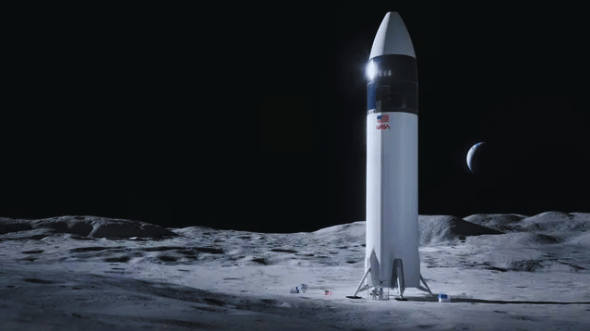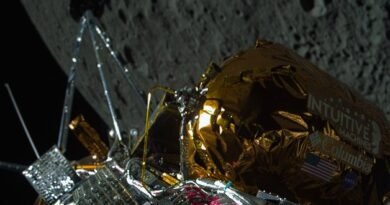GAO Report Reveals NASA’s Artemis 3 Moon Landing by Astronauts Unlikely Before 2027

The United States’ mission to return astronauts to the moon with the Artemis 3 mission may face further delays, potentially pushing the launch from the currently tentatively scheduled date of December 2025 to at least 2027. The U.S. Government Accountability Office (GAO) has identified “multiple challenges” and an ambitious schedule as key factors jeopardizing the timeline.
The Artemis 3 mission, part of NASA’s initiative to bring humans back to the moon for the first time since the Apollo program, is encountering obstacles related to the human landing system (HLS). The HLS, a variant of SpaceX’s Starship, requires significant pending technical work, including the incorporation of larger oxygen tanks into astronauts’ space suits.
The propulsion requirements of the HLS pose a challenge, with the need for refueling before the journey to the moon. The current plan involves placing a Starship fuel depot in orbit, followed by tankers transferring methane and liquid oxygen to fully refuel the depot before proceeding to the moon.
The HLS program, headquartered at the Marshall Space Flight Center in Alabama, officially targets a December 2025 launch, aiming to complete development within 79 months. However, the GAO questions the feasibility of this timeline, citing limited progress by SpaceX in maturing technologies related to propellant transfer in orbit.
The HLS program, in collaboration with SpaceX, has experienced delays in key milestones, raising concerns about the 2025 launch date. If HLS lander development follows the average timeline for major NASA projects, the Artemis 3 mission could be delayed to early 2027.
Another critical concern involves a design change in space suits developed by Axiom Space. Axiom, which plans to rent the suits to NASA for the Artemis missions, faces challenges in meeting NASA’s requirement for 60 minutes of emergency life support. Axiom aims to rearrange components to accommodate larger oxygen tanks, but alterations to the current design may extend the development timeline.
If NASA officially delays the launch to 2027, it would be one year sooner than the original goal set by the Trump administration in 2019 (2028). Delays in HLS/Starship development had already made the 2025 timeline unlikely, as acknowledged by NASA leadership in June 2023. The situation highlights the intricate challenges and uncertainties in executing complex space missions.








